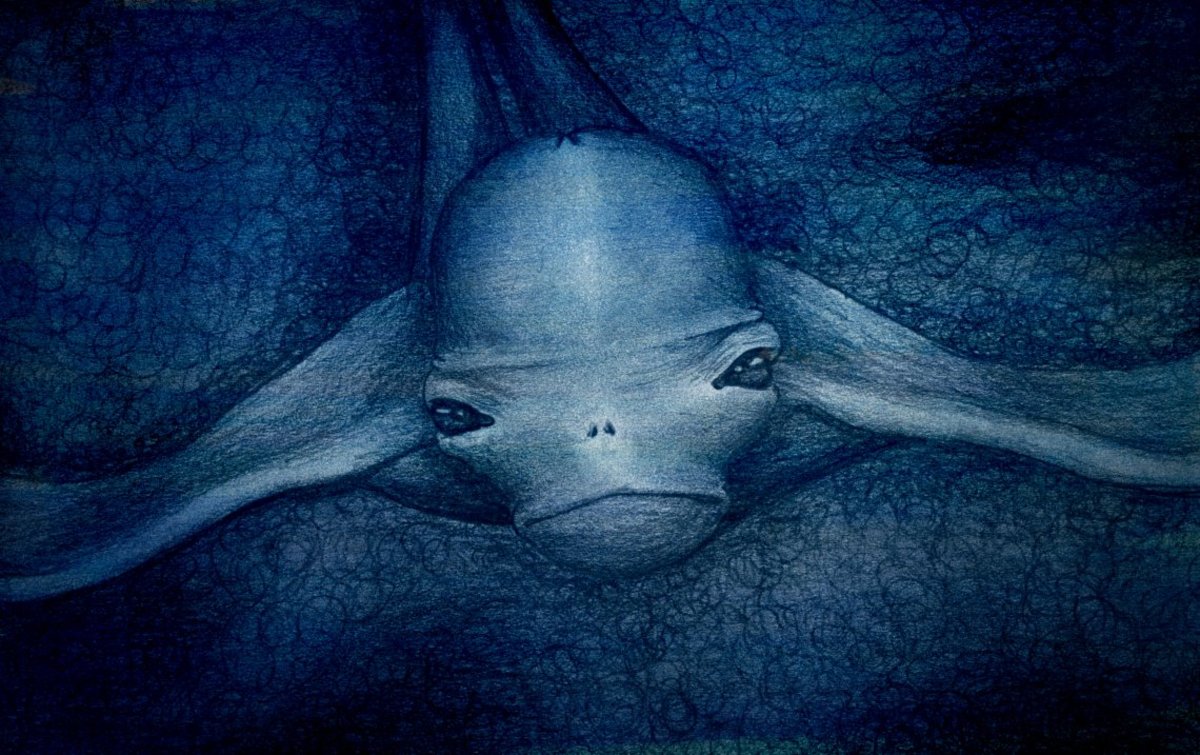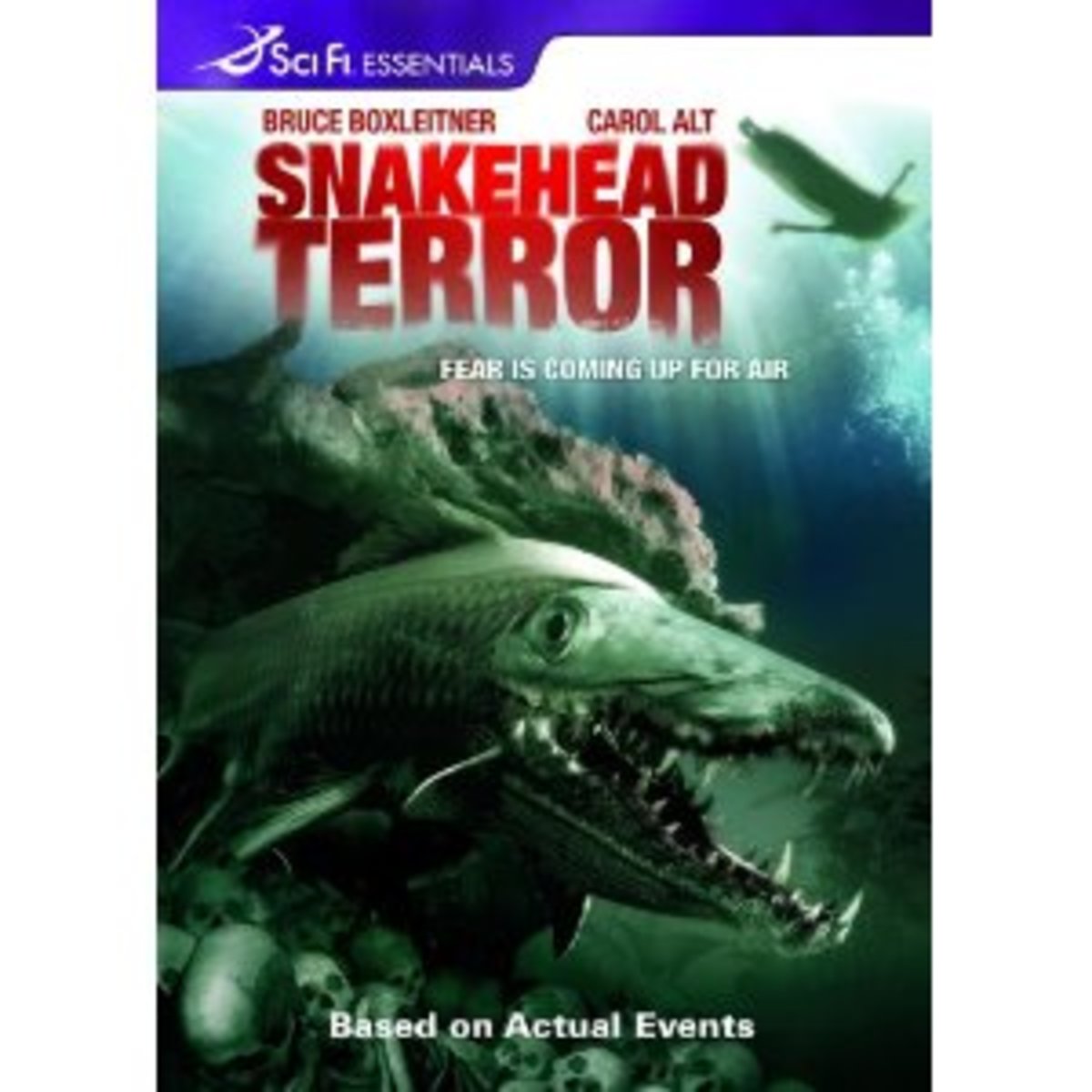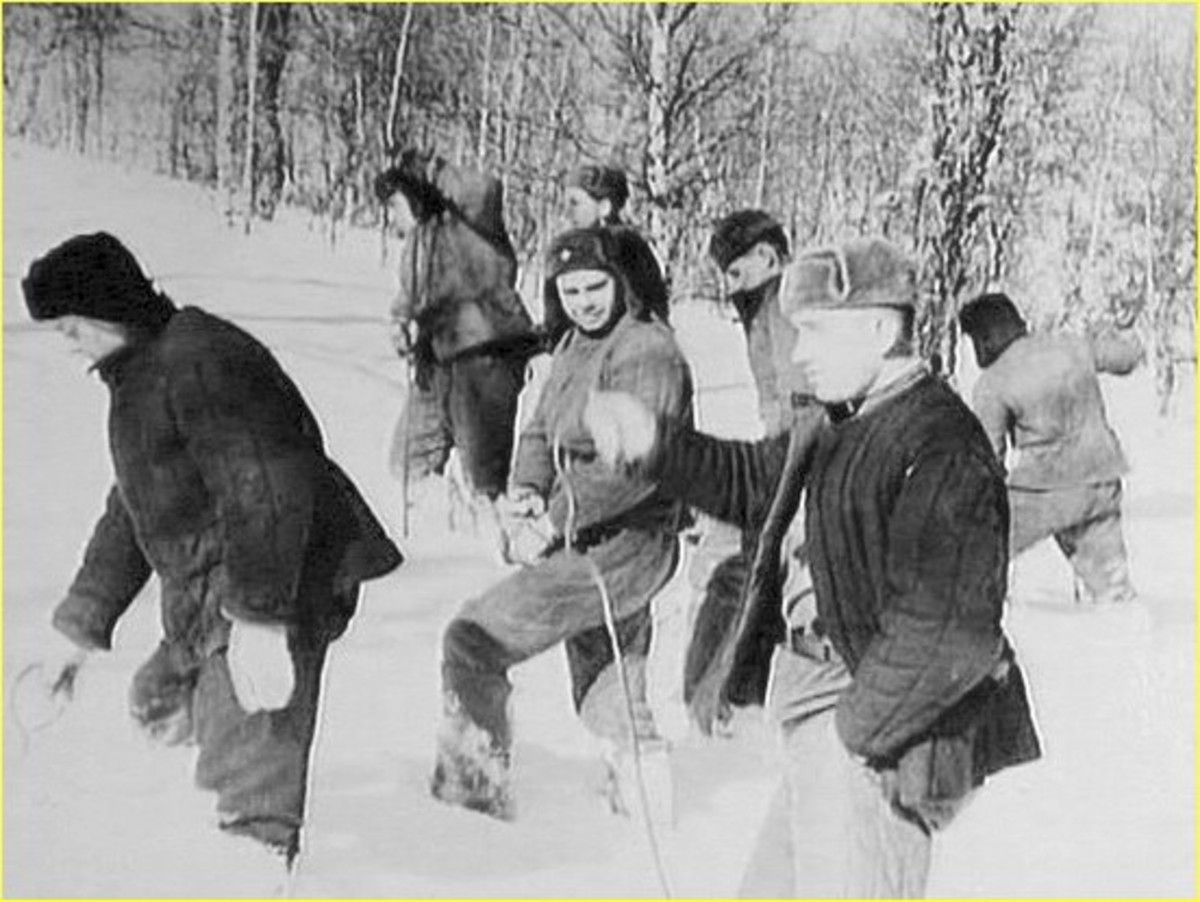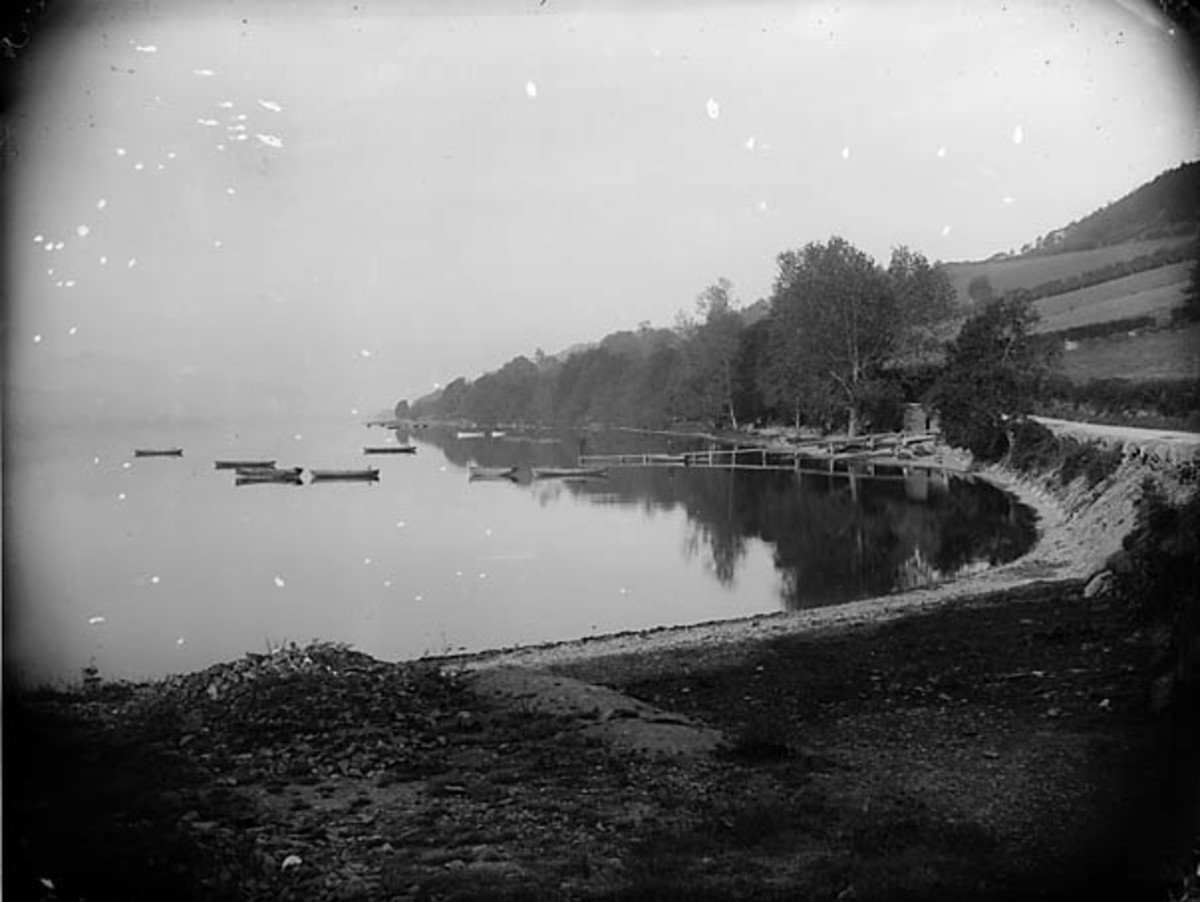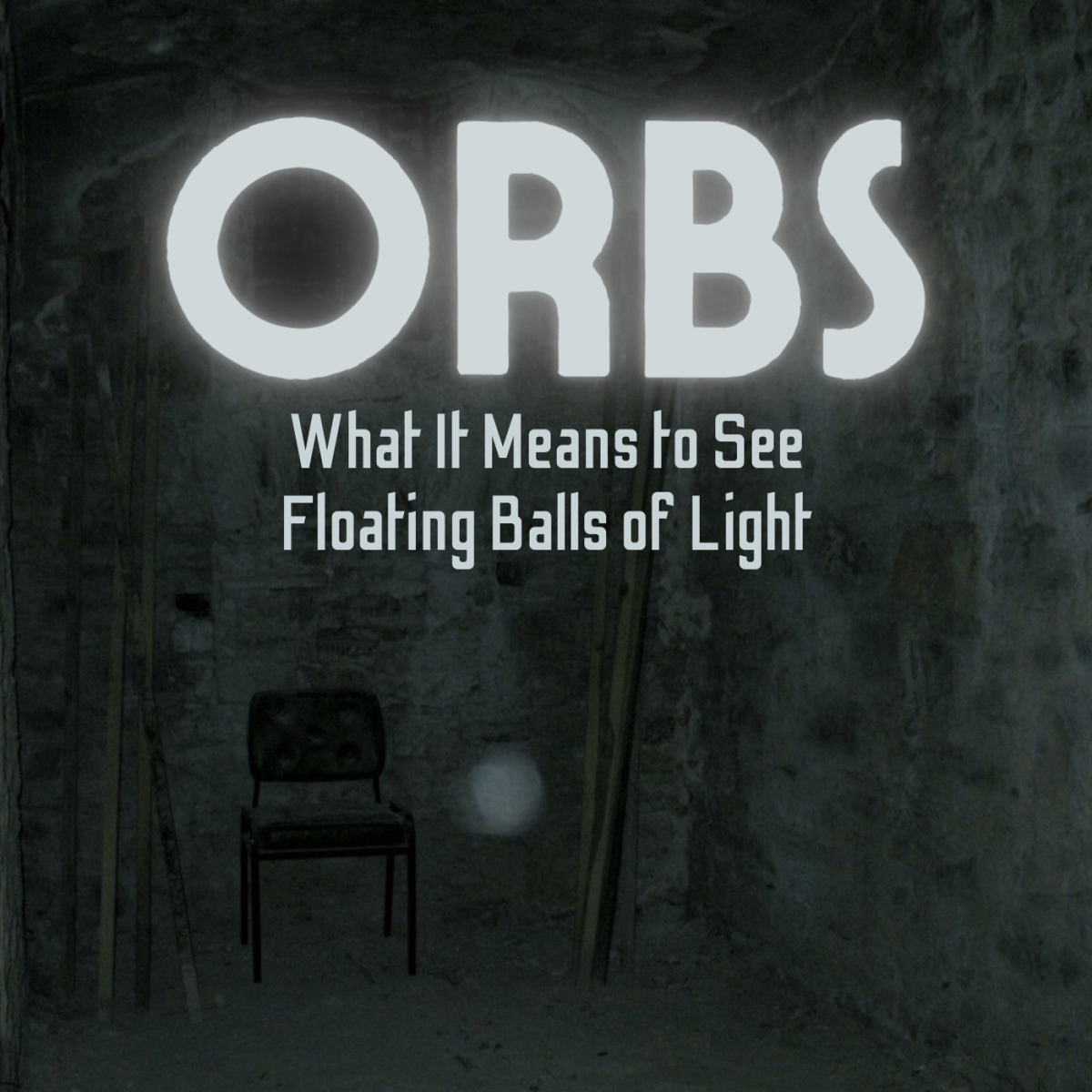New York's Silver Lake Sea Serpent

A Misnamed Monster
Silver Lake is in Wyoming County, western New York State. It boasts what is called a sea serpent, which, of course, it can't be.
Silver Lake is hundreds of miles from the nearest sea. Perhaps, the folk who named it a “sea” serpent simply had a poor grasp of geography.

The First Sighting of the Monster
Seneca Indians, who occupied the area long before Europeans showed up. told of a slug-like creature that lived in Silver Lake. When it got unhappy, the monster would rise out of the lake and grab any person who was nearby. It would then slide back into the water with its prey.
Fortunately, a thunderstorm removed the beast from its habitat. Peace and order returned to Silver Lake until 1855.
It was nighttime in mid-July and five men and two boys were out on Silver Lake fishing. One of the fishermen spotted a log that seemed to submerge and resurface before moving closer to their boat.
Logs don't move in the calm water of a lake so suspicions were raised that this might not be a chunk of lumber.
The men thought it prudent to head for the shore. The Wyoming Times reported that “All in the boat had a fair view of the creature and concur in representing it as a most horrid and repulsive looking monster.”
In the following days, others claimed to have seen the serpent and people starting flocking to the nearby community of Perry to catch a glimpse of the critter.
Viewing towers were built and a harpooner from a whaling company was brought in to capture the animal. A vigilance society was formed and armed men went on patrols. The Walker Hotel filled up with visitors and the “sea serpent” generated income for the village.

An Unfortunate Fire
One of the major beneficiaries of the serpent money was Artemus B. Walker, owner of the hotel in Perry that took his name. He was a man of Scottish origin and had, no doubt, heard stories about the ancient monster in Loch Ness.
In 1857, after the Silver Lake Sea Serpent hysteria had died down, there was a fire at the Walker Hotel. After the blaze was extinguished, firemen had an interesting discovery in the wreckage. They found a large pile of green canvas, a wire frame, and some very large bellows.
Artemus Walker fessed up. He and a group of pals had built the serpent with the aim of attracting tourists to his hostelry. Sixty years later, local historian Frank D. Roberts gave an account of the hoax.
The body was 60-feet long and made of waterproof canvas painted a deep green colour with yellow spots added. Then, under cover of darkness, it was sunk in the lake. A rubber hose was attached leading to a large bellows that was hidden in a shoreline shack.
“The plan of manipulating the serpent was simple ... the bellows were to be operated and air forced into the serpent, which naturally would cause it to rise to the surface. Weights were to be attached to different portions of the body to insure its sinking as the air was allowed to escape. Three ropes were to be attached to the forward portion of the body [and] the serpent to be propelled in any direction by the aid of these ropes.”
Clever. Except that here comes Joe Nickell with the Committee for Skeptical Inquiry to throw a bucketful of cold Silver Lake water over the affair.
Dr. Nickell questions Frank Roberts's description of the construction and operation of the serpent, saying some of the materials described were unlikely to be available in a western New York village in the 1850s. He also spots several other holes in the story.
He suggests such sensational sightings can be explained by some of the usual suspects attached to such events: “Floating trees and driftwood, leaping fish, swimming otters and deer, windslicks, and many other culprits.”

Serpent Festivals
So, it may be a hoax that there was a hoax, but that didn't stop the citizens of Perry, New York from making the most out of the story, although it took them a while.
Starting in the 1950s, an annual sea serpent festival was held. Wholesome entertainment for the family and a chance for mischief among rogues. Large mock ups of the supposed monster were made to highlight in the festival parade, but on three separate occasions they caught fire mysteriously.
The last festival appears to have been held in 2020 when a big lake serpent was ceremonially burned to ashes.
- Investigating phenomena such as Silver Lake's Sea Serpent is fraught with difficulty. All that researchers have to go on is eye witness reports published in contemporary newspapers. These are notoriously unreliable sources. In looking into the Silver Lake story, Dr. Joe Nickell found an article in The Chicago Times. The paper creatively reported that the serpent had been harpooned, pulled ashore, and tied to a tree. During the night, the powerful beast uprooted the tree and went back into the lake. Once again, said the Times, it was captured, whereupon it “threw its head 60 feet into the air; lurid eyes glared like balls of flame and its tongue, like flashes of forked lightning, 10-12 feet long, vibrated between its open jaws.” Strangely, no other reporters witnessed this spectacle.
- Jon Kopp is a Senior Wildlife Technician at the University of Southern Indiana. He tells of how, while on an assignment near a lake, he saw something strange. In the dark, he spotted what looked like a serpent moving through the water. On close inspection it turned out to be a group of otters swimming in line astern. Given a vivid imagination and, perhaps, a beverage or two, the otters could look like a monster.
- The people of Perry, New York seem to have missed out on the much-vaunted Yankee entrepreneurial spirit. Scotland's equally mythical Loch Ness Monster is said to bring in as much $80 million a year in tourist dollars.
Sources
- “Incredible Silver Lake Serpent! Hoax or Freshwater Monster?” Jill Stefko, decodedpast.com, October 16, 2013.
- “The Silver Lake Serpent.” Joe Nickell, skepticalinquirer.org, March 1999.
- “The Many Lives and Fiery Deaths of the Silver Lake Sea Serpent.” Nicole Hebdon, Atlas Obscura, March 15, 2021.
This content is accurate and true to the best of the author’s knowledge and is not meant to substitute for formal and individualized advice from a qualified professional.
© 2025 Rupert Taylor

